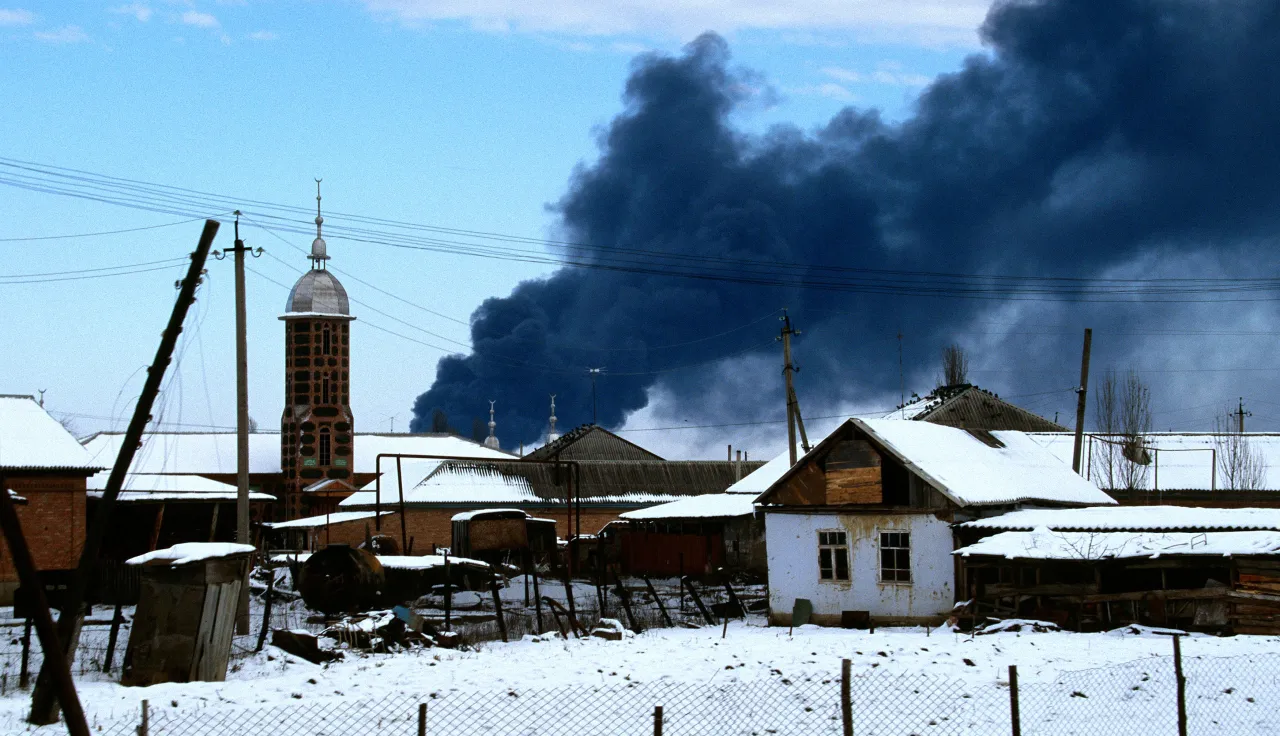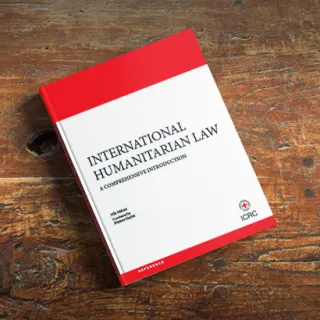The environment, warfare and the law
International humanitarian law (IHL) aims to protect civilians during armed conflict and to ensure their survival. As a result, it also seeks to protect the natural environment – without which human life is impossible.
IHL protects the environment in two ways: through its general provisions and through some additional, specific provisions.
The general provisions on the conduct of hostilities apply to the environment. Normally the environment is civilian in nature and cannot be attacked unless it has been turned into a military objective. In addition, environmental destruction has to be taken into account when assessing the proportionality of an attack on a military objective.
Protocol I additional to the Geneva Conventions adds a specific prohibition on using methods and means of warfare which are intended, or may be expected, to cause widespread, long-term and severe damage to the natural environment. The Protocol also prohibits attacks against the environment by way of reprisals.
The Rome Statute of 1998 establishing the International Criminal Court makes it a war crime to cause widespread, long-term and severe damage to the environment in violation of the principle of proportionality.
Other specific provisions include the prohibition to destroy agricultural land and drinking water installations in order to inflict harm on the civilian population.
The ICRC is particularly concerned that access to scarce water resources could become a weapon used against civilians. The contamination or destruction of water resources can have severe consequences for the health and survival of whole communities.
Finally, the international community adopted a convention on the hostile use of the environment: the 1976 Convention on the Prohibition of Military or any Hostile Use of Environmental Modification Techniques, usually referred to as the ENMOD Convention.
The techniques covered by the convention are any that change "through the deliberate manipulation of natural processes, the dynamics, composition or structure of the Earth".
The parties to the convention undertake not to use environmental manipulation that would have "widespread, long-lasting or severe effects as the means of destruction, damage or injury to any other State Party".
The ICRC is also involved in ensuring that military personnel are aware of their obligation to respect and protect the environment during armed conflict. To this effect, it organized several expert meetings which led to the adoption of the "Guidelines for Military Manuals and Instructions on the Protection of the Environment in Times of Armed Conflict", a summary of existing law. In 1994 these guidelines were submitted to the UN General Assembly, which recommended the guidelines to all states for due consideration









